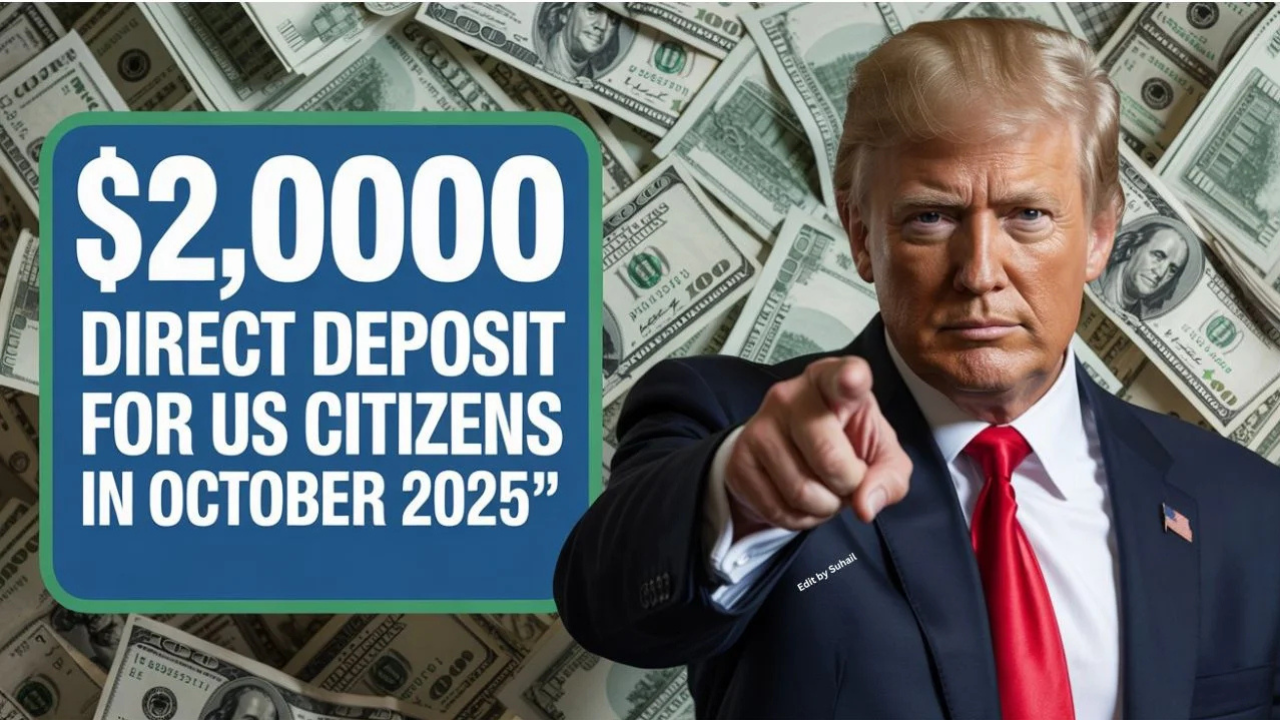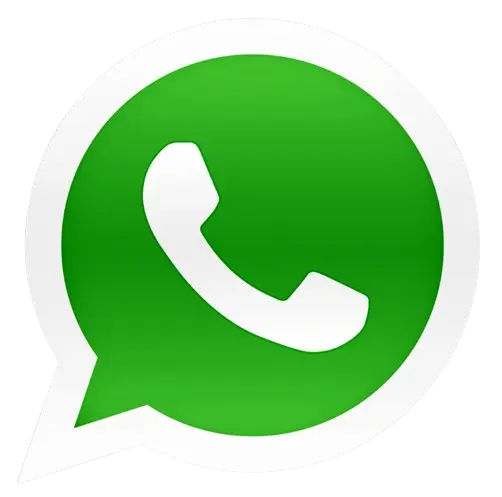The federal government’s announcement of $2,000 Direct Deposit payments to eligible citizens in October 2025 has sent a wave of hope across the United States. This new initiative aims to help millions of Americans cope with rising living costs, inflation, and economic uncertainty. As families continue to face financial hardship, this latest aid effort provides much-needed relief and stability.
Here’s everything you need to know about the $2,000 direct deposit program, including eligibility rules, payment dates, and official IRS instructions to ensure you receive your funds safely.
Why the $2,000 Direct Deposit is Important
Over the past year, ordinary Americans have faced increasing challenges—from rising groceries to rising rents and medical expenses. Recognizing this pressure, the federal government has once again launched a direct deposit initiative to provide immediate financial relief.
This payment, distributed through the Internal Revenue Service (IRS), follows the model of previous stimulus checks and is intended to support low- and middle-income families. The funds will go directly to bank accounts, ensuring quick and secure access for those most in need.
The $2,000 direct deposit is part of the Economic Stability and Family Relief Act, which was passed earlier this year to stimulate local economies and help citizens cope with inflation.
Who is eligible for The $2,000 Payment?
Eligibility for the payment depends primarily on income level and citizenship status. The IRS has set clear qualifications to ensure that the funds reach those who need them most.
To be eligible, you must:
- Be a U.S. citizen or permanent resident with a valid Social Security Number (SSN).
- Have filed a 2023 or 2024 federal tax return.
- Meet the following income limits:
- Individual: Annual income less than $75,000.
- Head of household: Annual income less than $112,500.
- Married couples filing jointly: Combined income less than $150,000.
- Receive Social Security (SSI/SSDI), veterans benefits, or retirement income (these groups are automatically eligible).
For individuals earning more than the income threshold, the payment amount will phase out gradually – reducing by $5 for every $100 earned above the threshold.
Payment Schedule: When will you receive your money?
The IRS has confirmed that payments will begin on October 18, 2025, and most recipients are expected to receive their deposits by the end of the month.
Here’s the expected schedule:
| Payment Method | Estimated Delivery Date |
|---|---|
| Direct Deposit | October 18–25, 2025 |
| Paper Check (via USPS) | October 26–November 5, 2025 |
| Prepaid Debit Cards (EIP Cards) | October 28–November 7, 2025 |
If you have direct deposit information on file with the IRS, you’ll automatically be among the first to receive the funds. Paper checks and prepaid cards may take a few extra days to arrive due to mail delays.
IRS Instructions: How to Check and Update Your Information
The IRS will automatically issue payments to eligible individuals using their latest tax filing information. However, if you’ve changed your bank account, address, or filing status, it’s important to update your information immediately.
You must:
- Visit the official IRS website – www.irs.gov.Log in or create your IRS online account.
- Go to “Manage Payments” → “Direct Deposit Details.”
- Update your bank account or address information.
- Use the “Get My Payment” tool to track your payment status.
Important: The IRS has warned against scams and fake websites claiming to offer quick access to payments. Always make sure you’re on an official IRS domain before sharing any personal information.
Tax Information
The $2,000 direct deposit is classified as a tax-free relief payment, meaning it will not be considered income and will not affect your Social Security, Medicaid, SSI, or SNAP benefits. Recipients are not required to report this payment as taxable income.
However, it is advisable to keep a record of your payment confirmation for future reference when filing your 2025 taxes.
Frequently Asked Questions (FAQs)
Q1. Do I need to apply for the $2,000 payment?
No. If you filed taxes in 2023 or 2024, you will receive the payment automatically based on IRS records.
Q2. What if I didn’t file taxes?
Non-filers can register through the IRS Non-Filers Tool or file a simple tax return to qualify.
Q3. Are seniors eligible for the payment?
Yes. Seniors receiving Social Security, SSI, or SSDI will automatically get the payment via direct deposit or their benefit card.
Q4. How can I check my payment status?
Use the IRS’s “Get My Payment” tool to see when and how your payment will arrive.
Q5. Will this affect my benefits or future tax refund?
No, this payment will not reduce any existing government benefits or your future refunds.
Final Thoughts
For millions of Americans, a $2,000 direct deposit in October 2025 is more than just financial assistance—it provides peace of mind. Whether it’s rent, medical bills, or groceries, this relief aims to provide some relief to families during difficult economic times.
Make sure your information is updated on the IRS website and keep an eye on your bank account this October—your $2,000 payment may arrive sooner than you expect.
Relief is finally on its way—and it’s coming directly to your account.

